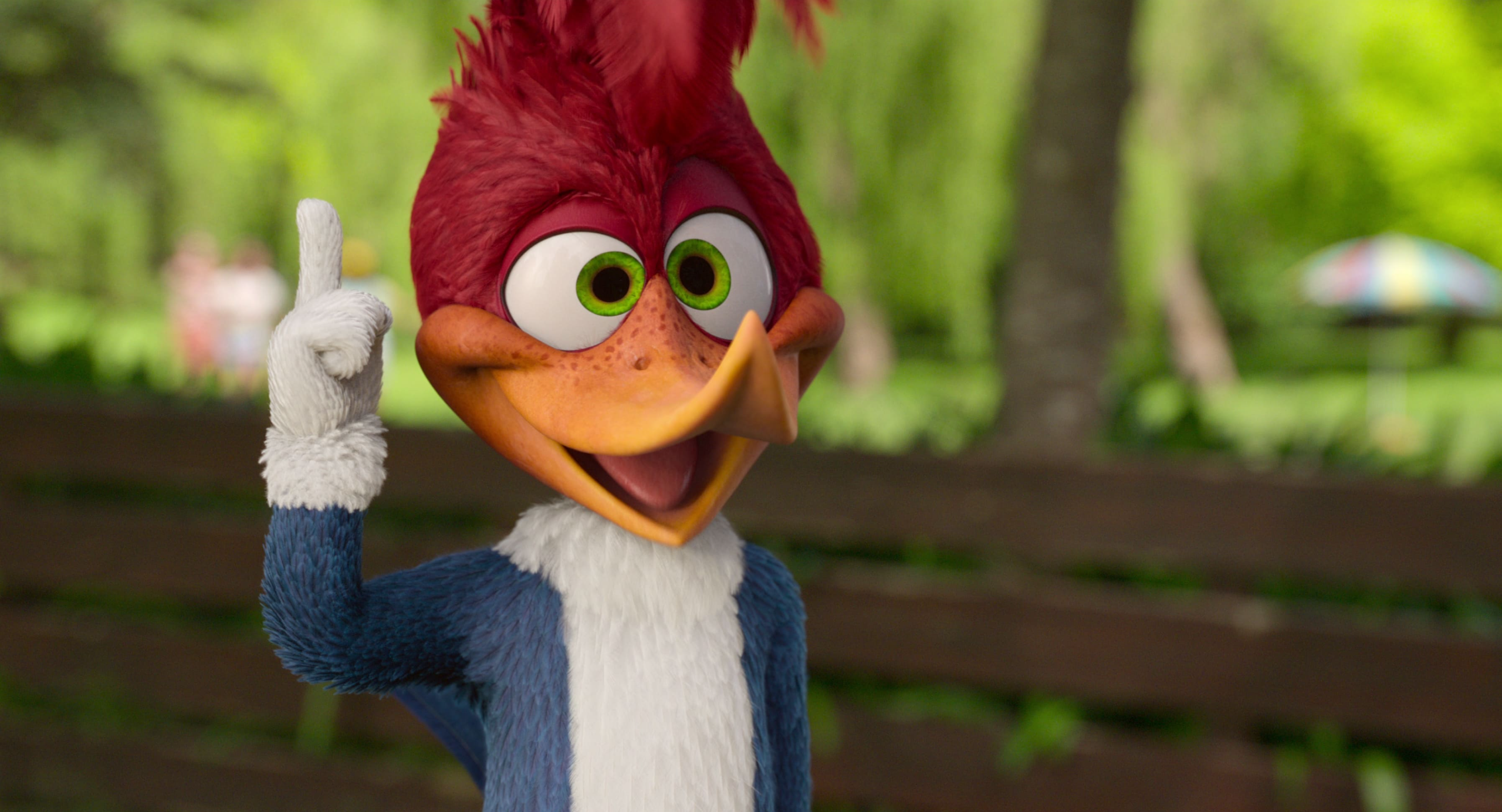Woody Woodpecker Goes to Camp – Film Review
Published April 14, 2024

In the world of cinema, sequels often tread a fine line between reinvigorating the franchises they belong to and falling into the trap of diminishing returns. Woody Woodpecker Goes to Camp, directed by Jon Rosenbaum, unfortunately, finds itself leaning towards the latter. Serving as a sequel to the 2017 film Woody Woodpecker, the film aims to continue the adventures of its titular character in a live-action/animated hybrid format. Despite the potential for humorous and heartwarming family entertainment, the film struggles to find its footing.
At its core, Woody Woodpecker Goes to Camp carries an endearing premise. Woody, having been ousted from his forest home, stumbles upon Camp Woo Hoo, where he initially believes he’s found a new sanctuary. However, this illusion is shattered when an inspector threatens to shut down the camp, launching Woody and a cast of camp characters into a quest to save their newfound haven. While the setup is ripe for comedic and touching moments, the execution leaves the narrative feeling both uninspired and erratic.
Eric Bauza returns to voice Woody Woodpecker, and while his vocal performance captures the manic energy of the iconic character, the film often relies too heavily on this energy, resulting in scenes that feel more chaotic than comedic. Kevin Michael Richardson and Tom Kenny, voicing Buzz Buzzard and Wally Walrus respectively, bring their voice-acting prowess to the table, but their characters are given limited room to develop, making them feel more like caricatures than fully-realized individuals.
The live-action cast, including Mary-Louise Parker as Angie and Josh Lawson as Zane, bring a degree of professionalism to their roles. However, they seem constrained by a script that does not fully utilize their talents. The interactions between the live-action characters and their animated counterparts occasionally shine but are too often hindered by a lack of chemistry and awkward execution.
From a technical standpoint, the blending of live-action and animation in Woody Woodpecker Goes to Camp is competent but lacks the seamless integration seen in more successful hybrids of this nature. The animated characters, while visually faithful to their cartoon origins, sometimes feel disjointed from the live-action world around them, diminishing the potential for immersive storytelling.
One of the most glaring issues with the film is its pacing and tone. The screenplay, penned by Stephen Mazur and Cory Edwards, swings wildly between slapstick comedy, earnest drama, and environmental commentary. While any of these elements could have provided a solid foundation for the film, their combination here is handled clumsily, leading to a narrative that feels disjointed and aimless at times.
Moreover, the humor, which should be the film’s strongest asset given its slapstick roots, often falls flat. The gags, which range from physical comedy to wordplay, lack the cleverness and originality necessary to elicit genuine laughter. Instead, they come off as recycled and predictable, failing to cater effectively to both its younger audience and the adults who might accompany them.
Another critical shortfall is the film’s moral and thematic exploration. While Woody Woodpecker Goes to Camp superficially addresses themes of environmental preservation and the importance of community, these messages are presented in a heavy-handed manner that lacks nuance and depth. Rather than integrating these themes organically into the narrative, they are often delivered through on-the-nose dialogue and contrived scenarios, which dilute their impact.
It’s also worth mentioning that, despite being set in a camp, the film does little to evoke the sense of adventure and camaraderie associated with such a setting. The camp environment, potentially a character in its own right, is underutilized, serving more as a backdrop for the action than a fully-realized space that influences the story’s development.
Woody Woodpecker Goes to Camp represents a missed opportunity to build upon the legacy of its titular character. While it aims to blend nostalgia with contemporary storytelling, the result is a film that feels disconnected from both its roots and its audience. Despite the efforts of its cast and the inherent charm of its animated protagonist, the film is bogged down by a lackluster script, uneven pacing, and a failure to deliver the vibrant, engaging family entertainment it sets out to provide. Fans of Woody Woodpecker and newcomers alike are likely to find this outing a forgettable addition to the canon, one that does little to justify its existence as a sequel.
